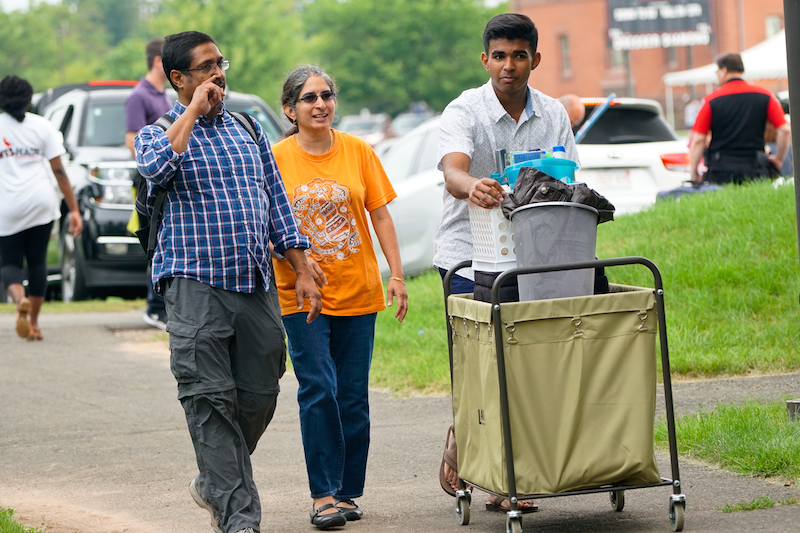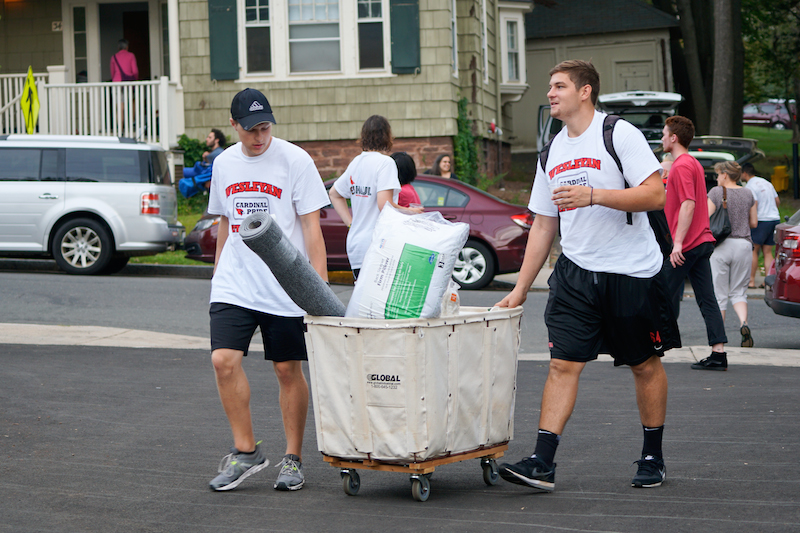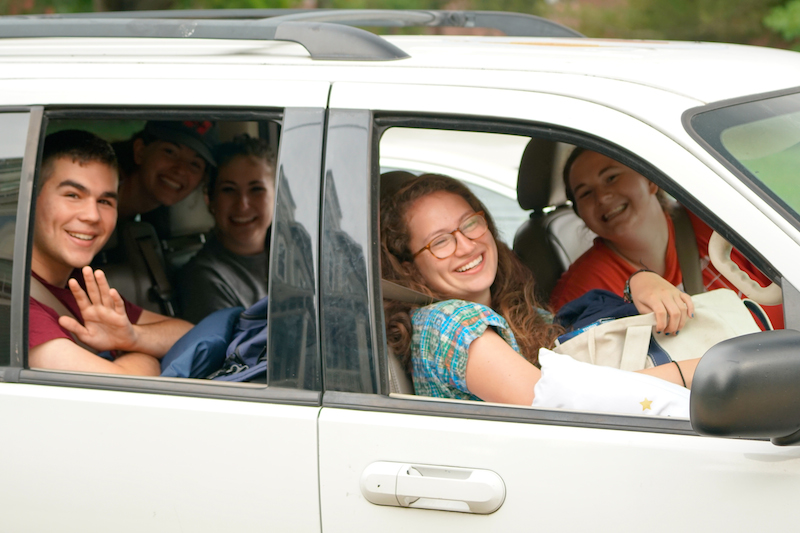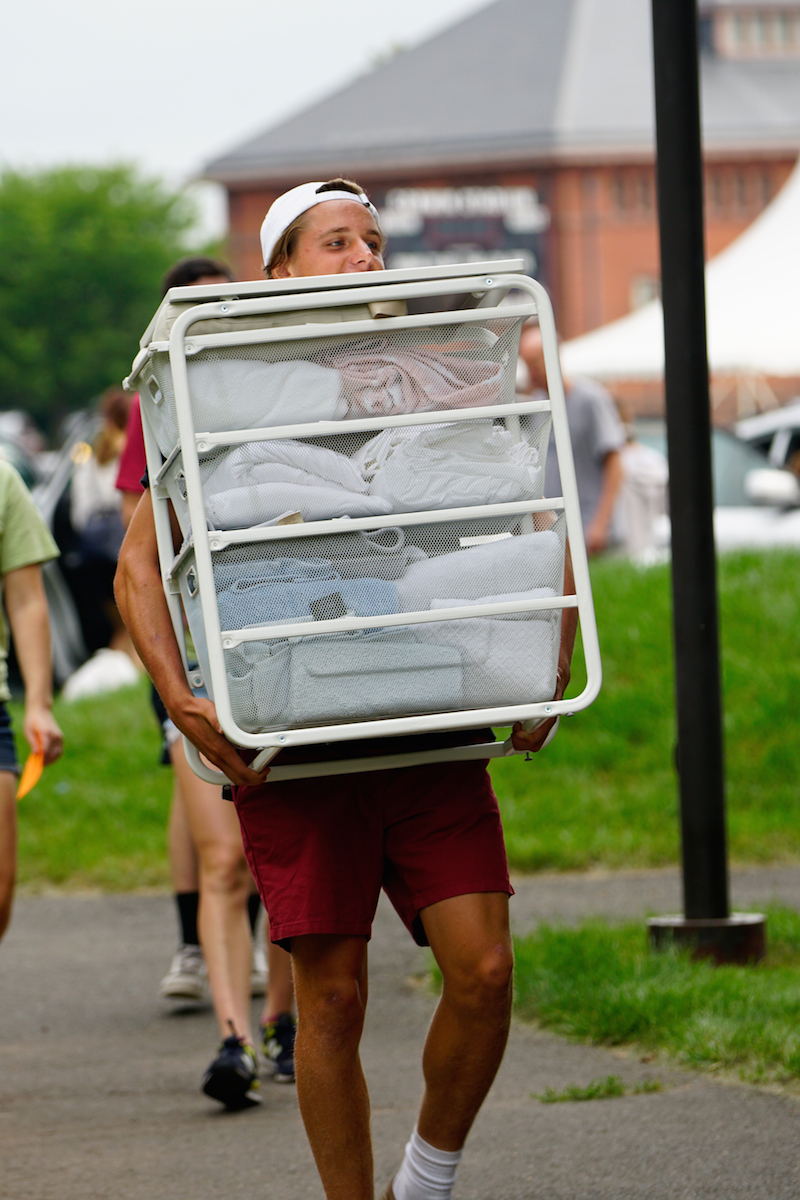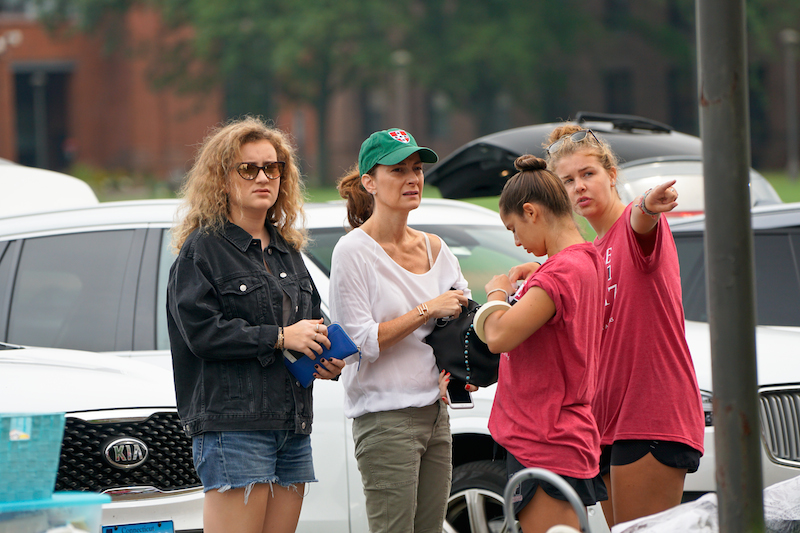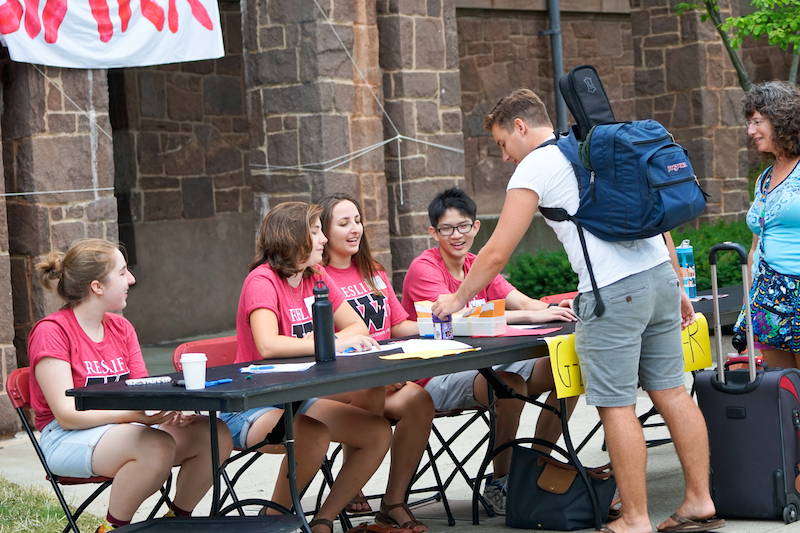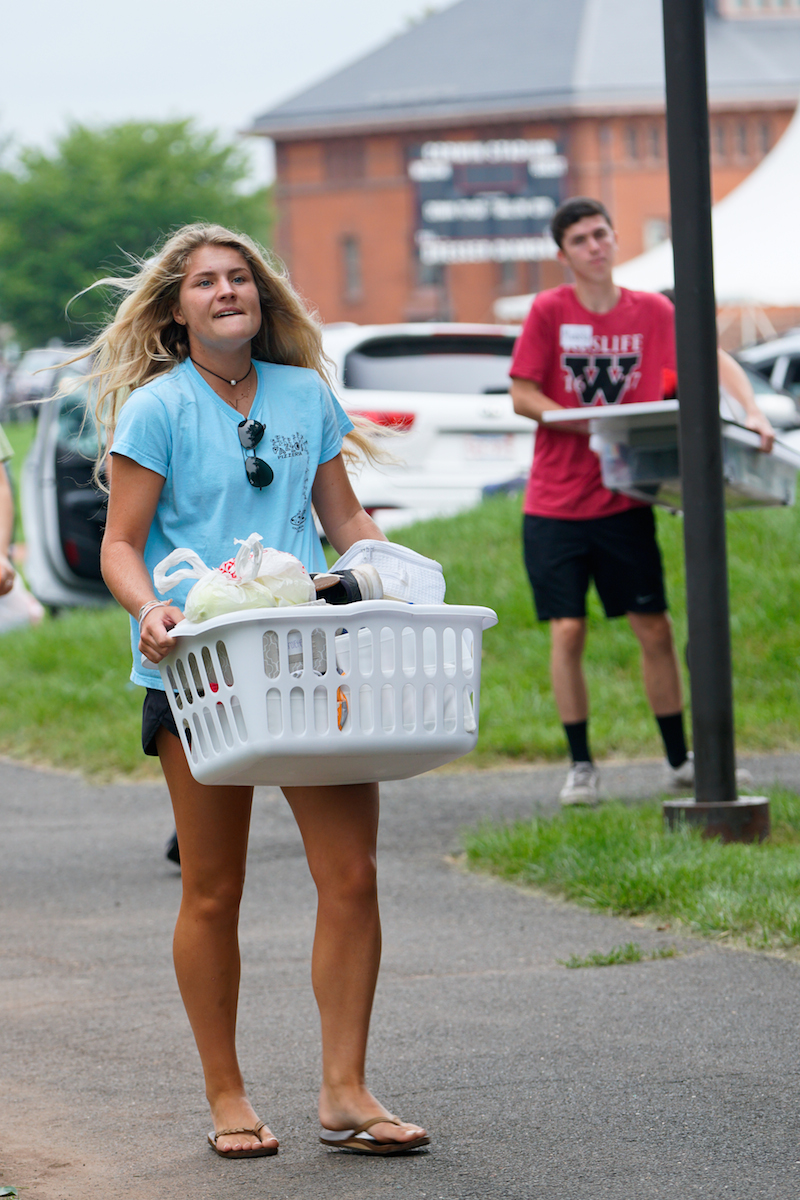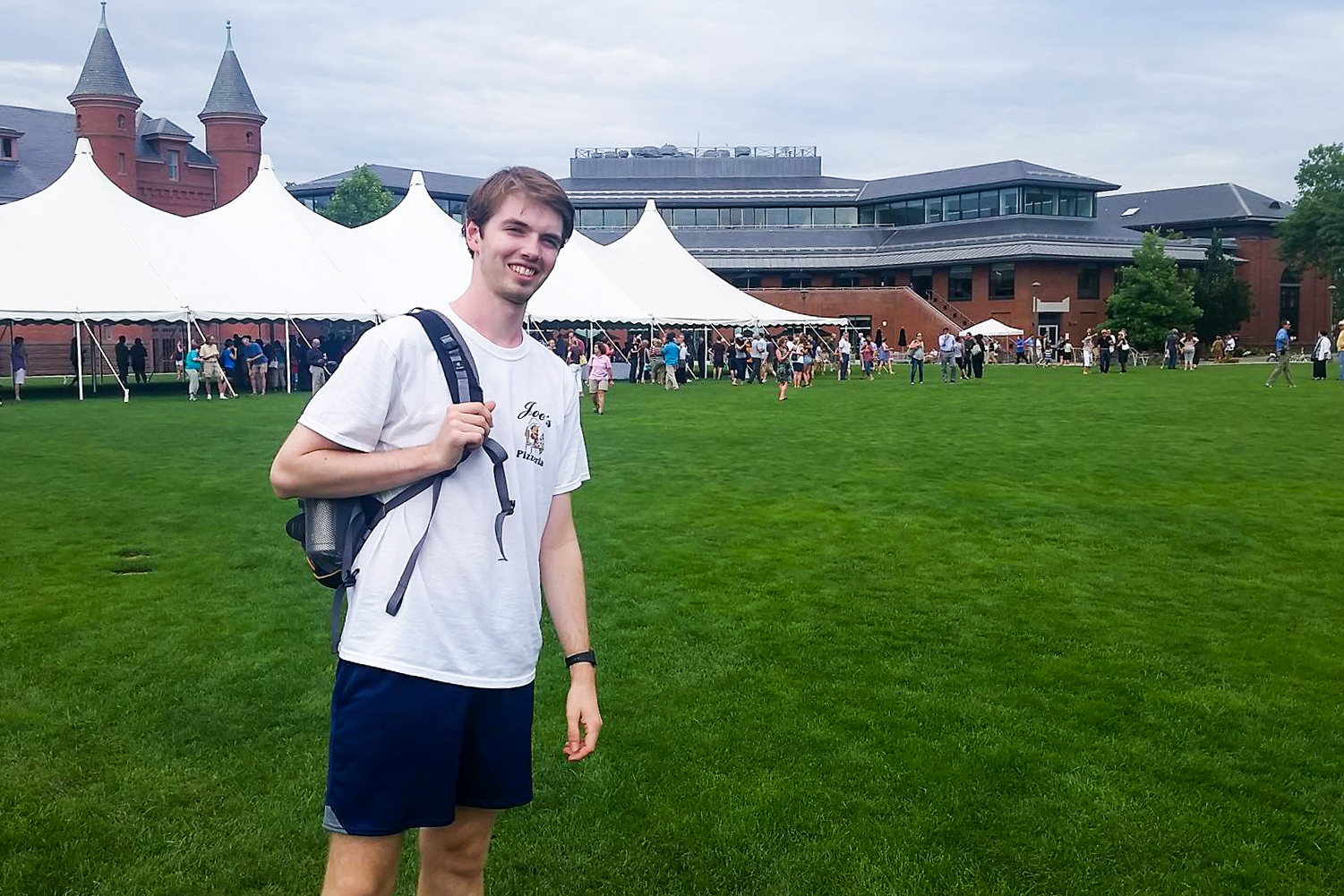The class of 2020 is impressive on paper. In fact, this cohort is perhaps the most impressive in the history of the University in terms of acceptance rate and number of applicants.
A record 12,026 students applied last year, marking a 22 percent increase from the year prior. Seventeen percent of those students were accepted, marking an all-time low acceptance rate for the University.
Of the 782 students new to the University, 84 percent live outside New England, while 16 percent live outside the United States.
Within the community of 249 international students, 59 countries are represented, including Armenia, Botswana, Ethiopia, Ghana, Ireland, Israel, Jamaica, Jordan, Kazakhstan, Kenya, Lebanon, Mauritius, Morocco, Nepal, Poland, Rwanda, Slovakia, Tanzania, Tunisia, Turkey, Ukraine, Uruguay, and Vietnam, according to Admissions.
Including international students, 39 percent of the Class of 2020 are students of color, down three percent from the class of 2019. Asian/Asian-American students make up 20 percent of the class, with Black/African-American students making up 9 percent, Latino/Hispanic students at 12 percent, and Native American/Alaskan or Native Hawaiian/Pacific Island students at 1.1 percent.
University relatives make up 16 percent of the class—the second-highest rate in the past five years, behind only the class of 2017—while alumni children remain consistent at seven percent.
Students receiving financial aid make up 47 percent of the class, down 4 percent from last year, while grant aid is down 3 percent.
In the test-optional era, slight changes have begun to occur in admitted students’ academic program backgrounds and test scores. Fewer admitted students pursued a foreign language for four years than the classes of 2017 and 2018, four percent and three percent less, respectively, while the number of students taking math through calculus and the big three science courses (biology, chemistry, and physics) has stayed relatively stable.
SAT scores have climbed substantially at both the median and percentile levels, with the median scores in critical reading, math, and writing now at 730, 720, and 730, respectively. The 75th percentile score for the SAT is now above 770 in each section. The 25th percentile score is no lower than 700 in each section.
Although one cause for this could be that fewer students with low test scores submit them now that the University is test optional, 79 percent of admits asked to have their test scores considered in the admissions process.
Aside from the numbers, members of the class of 2020 bring a variety of talents to Middletown as they descend on campus for orientation week. Kriti Narayanan ’20, for example, competed on the U.S. National Fencing Team before coming to the University.
“You hear about these gymnastics girls who compete from a young age, and that’s their whole lives,” she said. “That was me with fencing. I traveled every weekend or every other weekend.”
Growing up in Dallas, Narayanan was attracted to the University for its culture and academics above its fencing team, which is at the club level rather than NCAA Division 1.
“Everywhere in Texas is really stuffy and conservative,” she said. “I want to go into film, and there’s a really good film program here, and it’s just super liberal.”
Another first-year student, Nate Krieger ’20—who has already published a novel, entitled “All The Way There,” that examines the notion of a hero in 11 different styles—framed his attraction to the school in geometric terms.
“The way I saw it and was pitched to me, Wesleyan was like halfway between Oberlin and Harvard,” he said.
After potentially naming a new slogan for the University, Krieger elaborated.
“It’s got the fun liberal arts stuff to it, but also serious academics,” he said.
Several other students cited Harvard as an example of a school they would compare to Wesleyan but wanted to avoid, such as Melisa Olgun ’20. Olgun is a first-generation student who attended the inaugural First Things First orientation, a series of events aimed at improving the transition of first-generation students to the University. Eighty-seven percent of students in the class of 2020 have at least one parent who has attended college.
“Something I thought was really important was the atmosphere of the school itself,” Olgun said. “I wanted to go somewhere that had a certain prestige—like a top-notch school—but I didn’t want to have to feel overwhelmed with this ridiculous amount of like, ‘You’re at Harvard,’ or whatever. I genuinely wanted to be comfortable where I was.”
The feeling of comfort and inclusion at the University was shared by Narayanan, who did not always feel that way growing up as a queer woman of color with parents who are immigrants in deep-red Texas.
“People were really close minded about certain things,” she said. “We used to have an Obama sign on our front lawn in 2008, and it got stolen….Just being a person of color, and a queer person of color, all these different things, and my parents are immigrants, there were so many levels of oppression. I was like, ‘I’m getting out of here.’”
Thankfully, members of the class of 2020 have beaten the odds in the most competitive year to get into the University to date.
- Lianne Yun, Photo Editor
- Lianne Yun, Photo Editor
- Lianne Yun, Photo Editor
- Lianne Yun, Photo Editor
- Jonas Powell, Photo Editor
- Lianne Yun, Photo Editor
- Lianne Yun, Photo Editor
- Lianne Yun, Photo Editor
- Jonas Powell, Photo Editor
